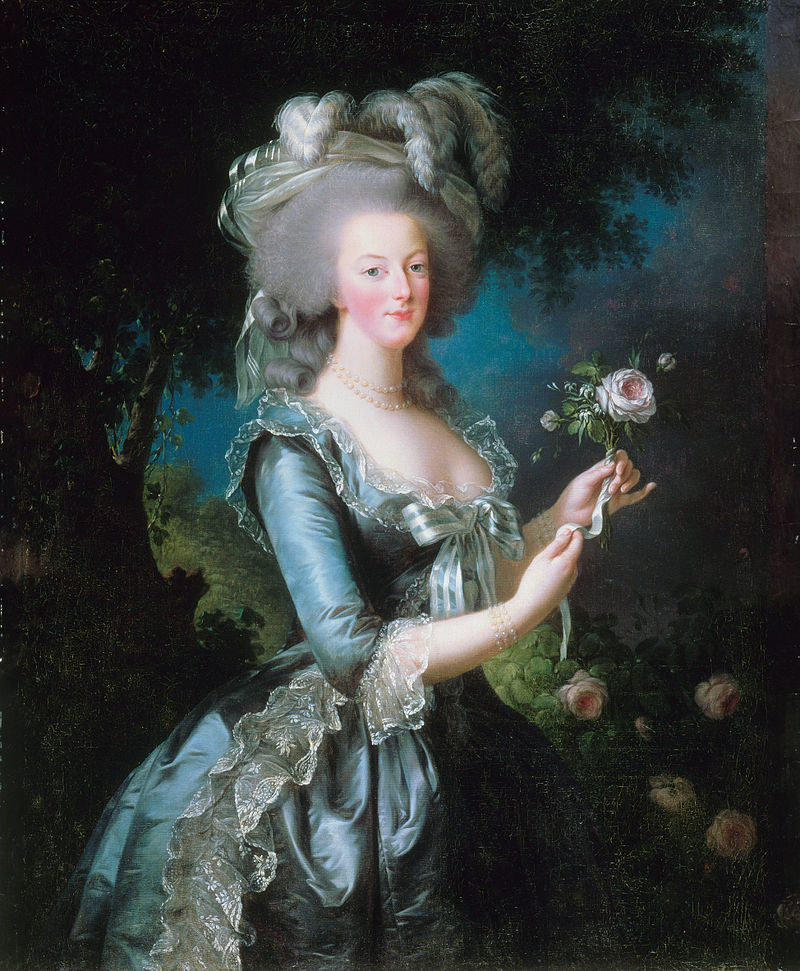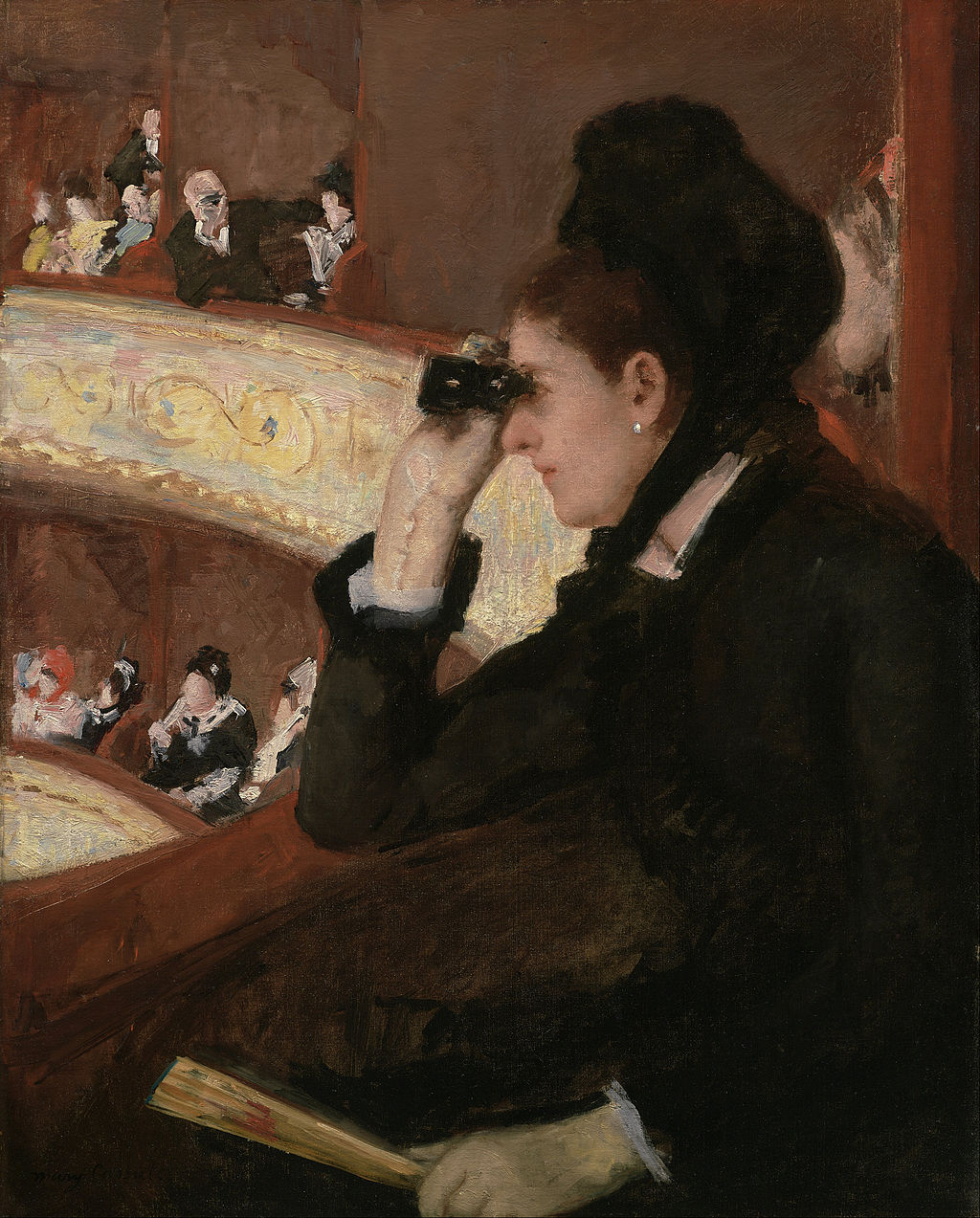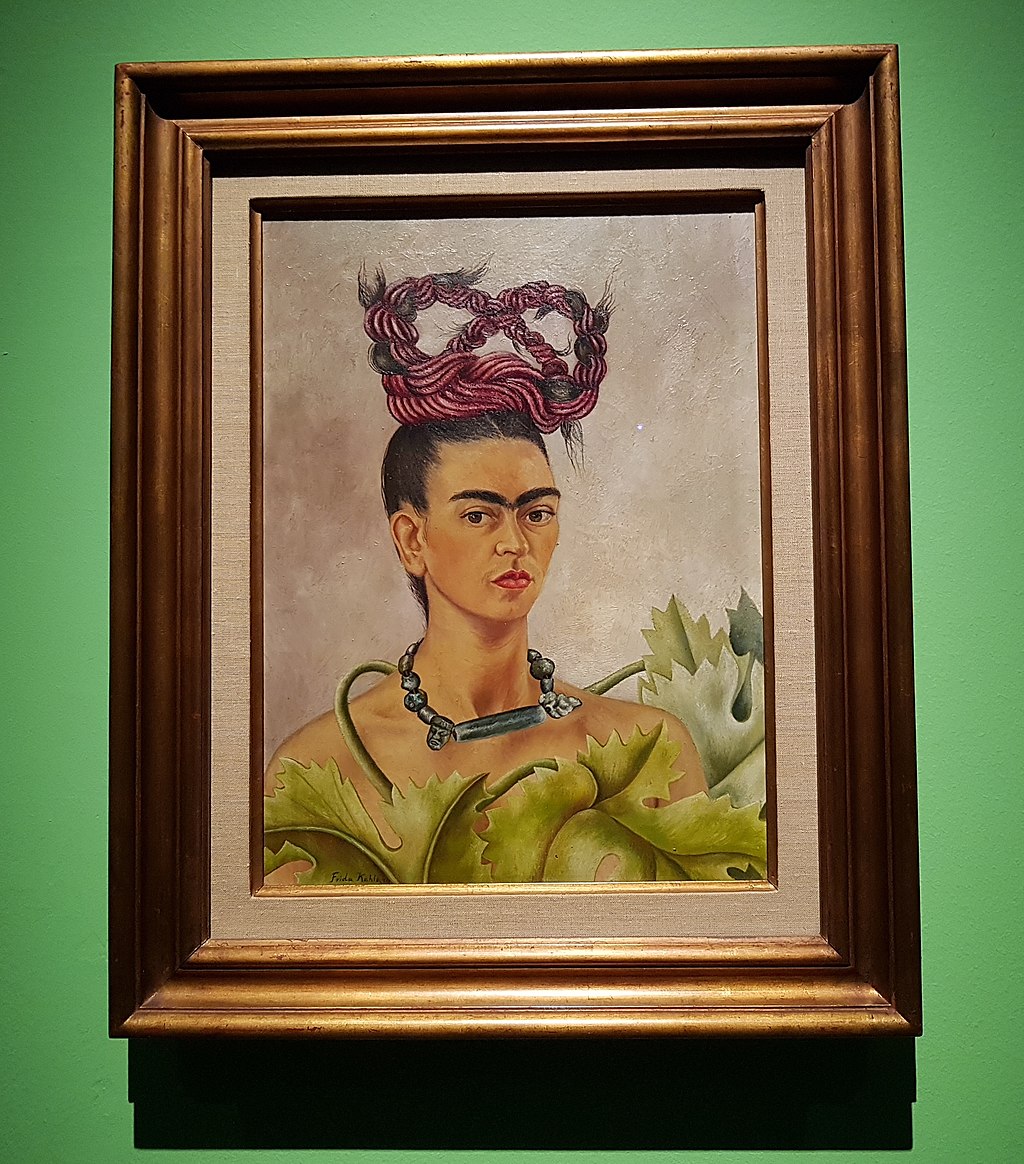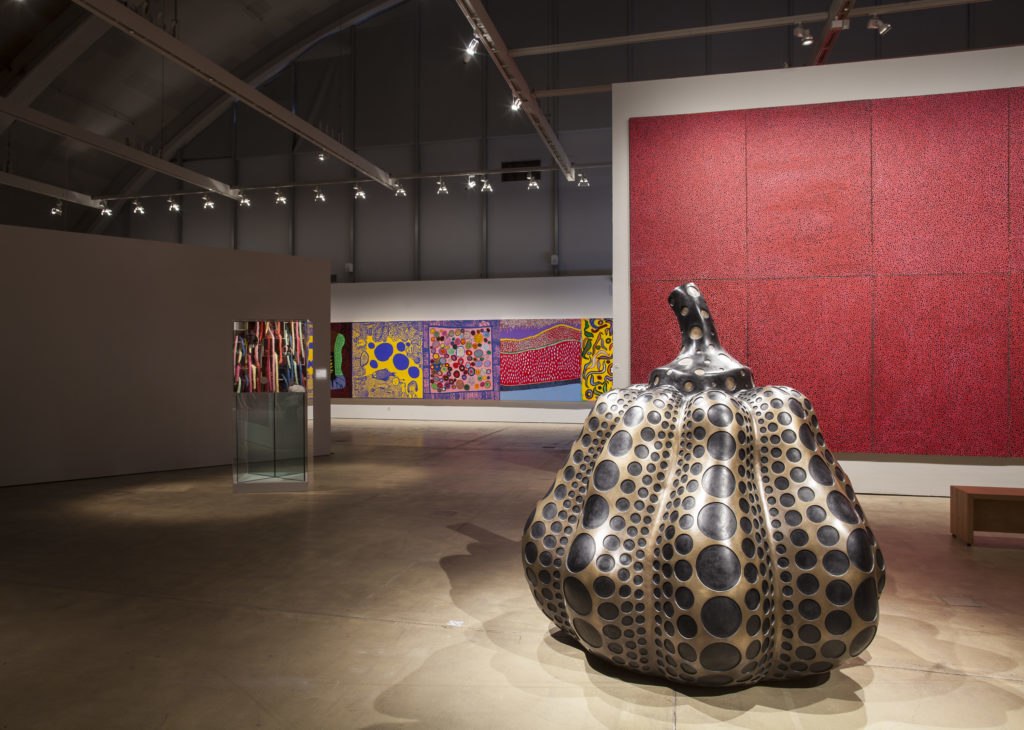From all over the globe, these women have changed the art world through their creative work forever.
In the past, female artists were often relegated to the background, overshadowed by their male counterparts. Today, we’re able to shed light on the women who carved out their own paths to share their artistic creativity with the world.
READ ALSO: From Her Perspective: 5 Successful Female Directors Who’ve Made Waves In Recent Years
Élisabeth Vigée Le Brun (1755–1842)
Élisabeth Vigée Le Brun, also known as Madame Le Brun, was a French painter in the late 18th and early 19th centuries. She earned her reputation as Marie Antoinette’s portrait painter. Throughout her life, she painted over 30 portraits of the Queen and the royal family.

One of her most famous pieces is Marie Antoinette with a Rose. Initially, in the portrait, the Queen was wearing a cotton dress that looked like a chemise. Visitors who saw the painting thought it was inappropriate to portray the royal in this sort of attire, and so Vigée Le Brun took down the painting and created the new version that we see today.
Because of her ties to the royal family, Vigée Le Brun was forced to flee Paris during the Revolution. She traveled throughout Europe, continuing to work as a painter in Italy, Austria, and Russia. Eventually, she was allowed to return to France in 1802.
Mary Cassatt (1844–1926)
French art critic Gustave Geffroy described Mary Cassatt as one of the three great ladies of Impressionism, alongside Marie Bracquemond and Berthe Morisot, in his book La Vie Artistique. She was also the only American officially associated with the French movement. Known for portraying the modern woman—often in domestic scenes—in her paintings, she was also a vocal advocate for women’s equality.

One of her paintings, In the Loge, shows a woman actively viewing a performance from a theater box, subverting the male gaze. However, in the background, a man is still seen watching her instead through his own binoculars.
Cassatt also had a close friendship with the artist Edgar Degas, often collaborating and teaching each other new skills. From him, she learned how to use pastel and engraving and mastered them. On the other hand, she was instrumental in Degas’ success in America. After 1914, Cassatt had almost completely lost her eyesight and was forced to stop her creative pursuits.
Frida Kahlo (1907–1954)
It would be difficult to find anyone who wasn’t at least familiar with Frida Kahlo’s works. Known for her fierce self-portraits, Kahlo was actually in a severe bus accident when she was 18 years old. The incident left her with chronic pain for the rest of her life.

While she was confined to her bed for months, she began painting. Mixing realism with fantasy, Mexican traditions and popular culture, the artist transformed her pain into creativity.
In life, she was mostly known as the wife of Diego Rivera, the Mexican muralist. After her passing, her reputation as an artist grew even further. The Chicano Movement made her one of their icons and she became an inspiration for many artists and communities.
Anita Magsaysay-Ho (1914–2012)
Anita Magsaysay-Ho was known for her portrayal of Filipino women through Social Realism and post-Cubism.

The artist’s paintings celebrate Filipino women engaging in everyday tasks, including harvesting fruit, cooking, working in farms, and taking care of children.
In 2021, one of her pieces sold for P84 million at an auction, becoming the most expensive Philippine painting per square inch. Titled Tinapa Vendors, Magsaysay-Ho used egg tempera as her medium.
Yayoi Kusama (born 1929)
With pieces covered in polka dots, Yayoi Kusama is one of Japan’s most important artists and the world’s top-selling living female artist. Raised in Matsumoto, Kusama moved to New York in 1958 and became a part of the avant-garde scene, especially the pop art movement.

The artist has also been very open about her mental health. From childhood, she experienced hallucinations which she has described as flashes of light and dense fields of dots, according to The Wall Street Journal.
“I fight pain, anxiety, and fear every day, and the only method I have found that relieved my illness is to keep creating art,” she told New York Magazine in 2012. “I followed the thread of art and somehow discovered a path that would allow me to live.”
Banner image via Wikimedia Commons.





